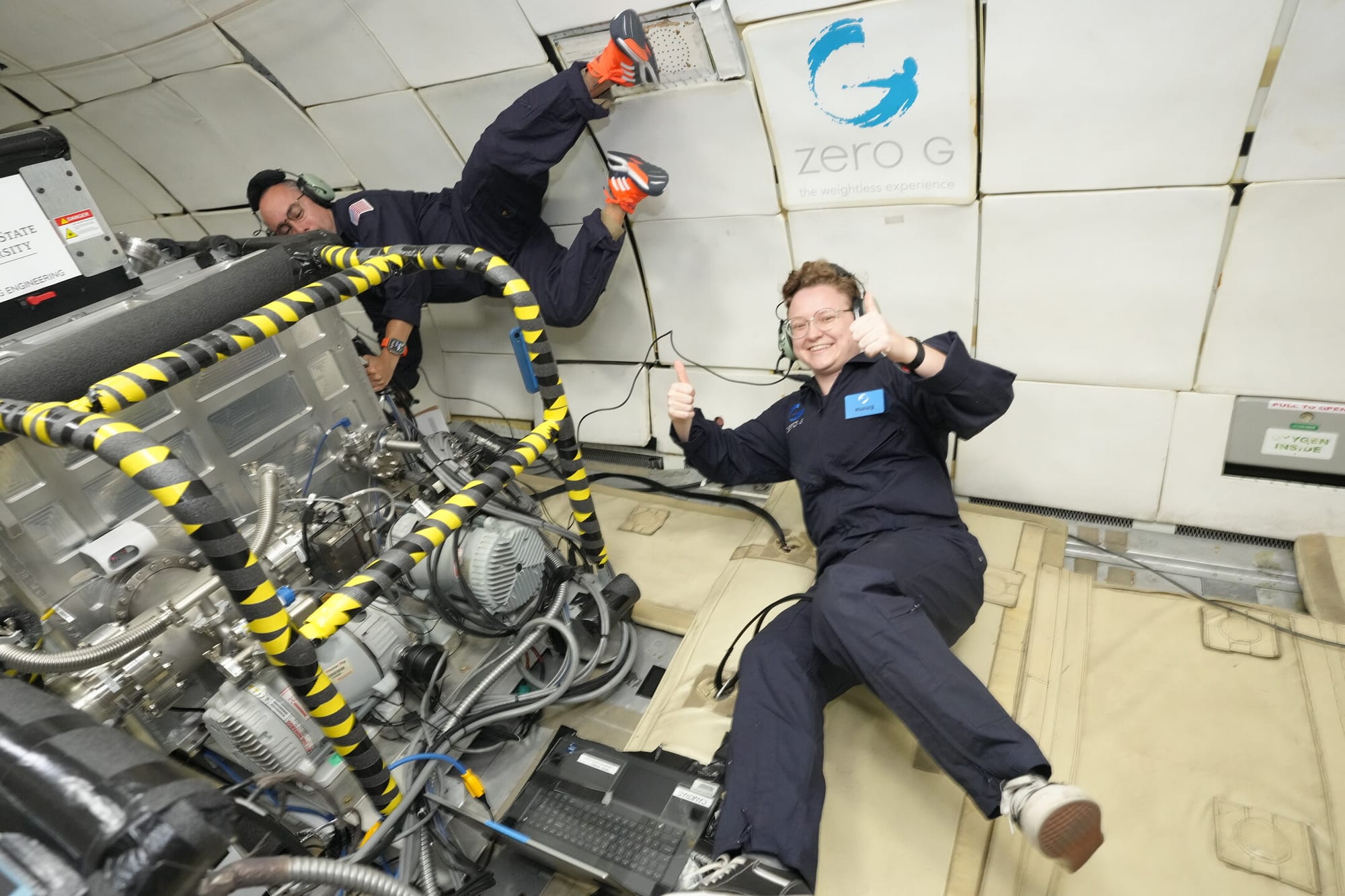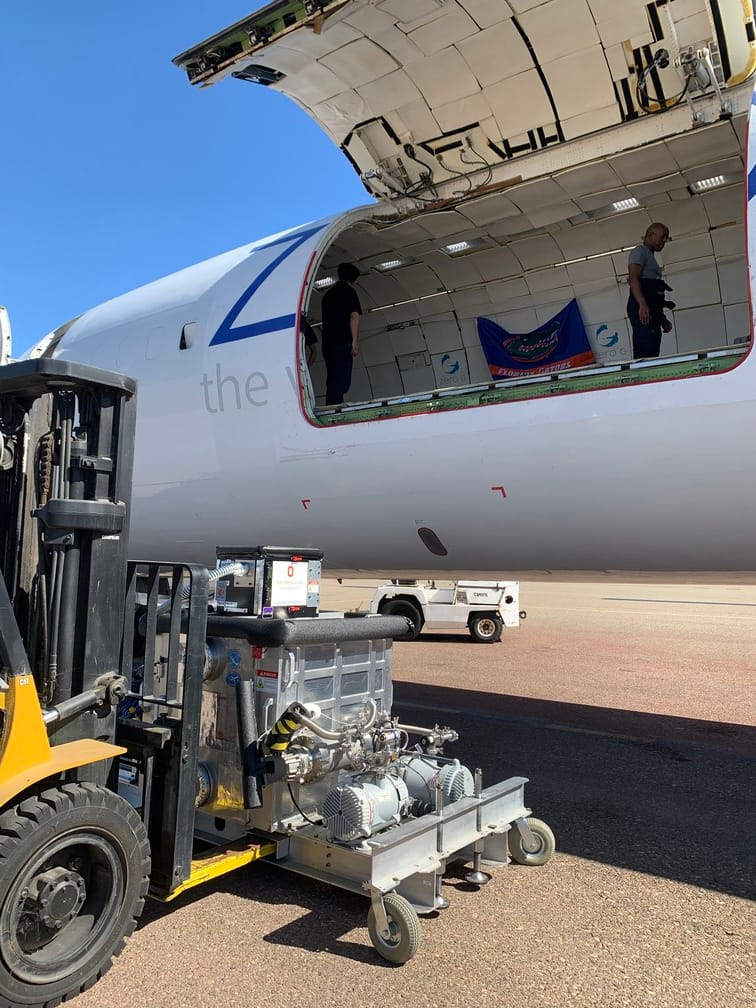Welding in Space: A Step Closer with Laser Precision
A few months ago, I discussed experiments with electron beam welding in space. The latest developments in this field are advancing at rocket speed. Today, we'll focus on laser welding.

The future of space exploration and construction just got a little brighter—or should we say, a little more laser-focused. Scientists from The Ohio State University (OSU), AFRL, and NASA recently teamed up to test autonomous laser welding in a parabolic flight experiment that simulates the microgravity environment of space. Conducted in sunny California, this August 2024 test aims to push laser welding technology beyond Earth's borders, helping us build, repair, and repurpose structures in space.
While laser welding is nothing new on Earth, bringing it into the great unknown is a different story. Dr. Arlene Smith from AFRL highlighted the importance of advancing In-Space Servicing, Assembly, and Manufacturing (ISAM) capabilities, especially as space infrastructure becomes vital to everything from communications to defense. Unlike previous experiments that tested welding methods like gas tungsten arc and plasma arc, this was the first time laser welding was given a microgravity trial, and it didn't disappoint—69 out of 70 welds were successful. Not too shabby for a first go!

Dr. Antonio Ramirez, from OSU’s renowned welding engineering program, pointed out that the last time we experimented with welding in space was back in 1973 aboard Skylab. This time, it’s different: it’s all about future-proofing space tech. Imagine fixing satellite damage without needing a round-trip to Earth or building massive solar panels in orbit, rather than trying to haul them up there in one piece. Laser welding could be the ticket to achieving all that—reducing costs, streamlining repairs, and even making in-space manufacturing a reality within the next decade.
You can check out the video published a month ago on the Ohio State Engineering YouTube channel.
And it's not just about tech—it's also about people. Graduate students, including Eugene Choi and others from OSU and Central State University, are getting real hands-on experience in space technology. They are the ones who will carry these advancements forward, learning firsthand how to handle the challenges of building and fixing things in a zero-gravity environment. As Dr. Ramirez optimistically predicts, we might see welding in orbit within the next three years. February 2025 will mark the next round of parabolic flight tests—and with a bit of luck, more successful welds are on the horizon.
Source: Air Force Research Laboratory

Discussion